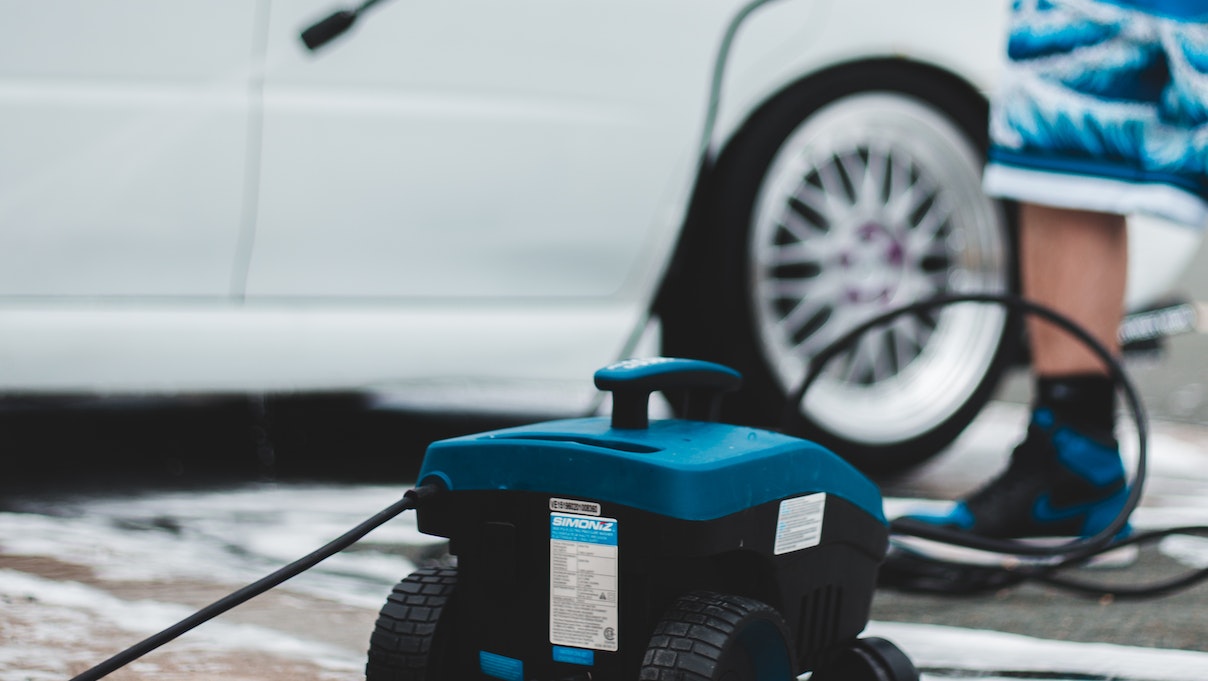Weeds are often seen as unwanted plants, but they are still living organisms. Using harmful chemicals is not the only solution to get rid of them. There are various strategies to effectively tackle weeds depending on the type of weed. In this article, you can find recommendations for different weeding tools right on this website. Let’s check them out.
Weeding Tips and Techniques
Spreading mulch over the soil in planting beds is an effective way to prevent weed growth and make it easier to remove any that do emerge. The best time to weed is after rainfall or irrigation when the soil is soft and weeds can be easily pulled out. It’s important to focus on a small area at a time and rotate throughout the garden to avoid feeling overwhelmed.Â
After removing weeds, it’s best to leave them on the ground to dry out before hauling them away. However, vigorous garden weeds should be completely removed to avoid regrowth or seeding. Home compost piles may not be effective in killing weed seeds, so it’s best to discard them in regular trash or yard waste.
Weeding tools
1. To remove weeds effectively, consider using cutting and scraping tools that allow you to chop stems from roots and reach cracks and crevices. For example, angled triangular blades work well for this purpose.Â
2. Alternatively, you can use fishtail or taproot weeders that have a V-shaped tip to pry the roots of weeds like dandelions from the soil.Â
3. Soil knives, also known as hori-horis, are versatile tools that can be used to dig holes, divide perennials, dig taproot weeds, and scrape weed seedlings from the soil. To achieve the best results, ensure that your soil knife is kept sharp.Â
4. Oscillating hoes are another tool you can use to remove weeds. They have sharp-edge stirrup-shaped blades and long handles, and are ideal for severing young weeds between rows in a vegetable garden.

Dealing With Deep-Rooted Weeds
Unfortunately, not all weeds respond well to the hoe method. You’ll need a more focused strategy for the ones with deep or extraordinarily thick root systems. Dandelions, for instance, require the use of a garden knife or a forked weeding tool to cut through their extensive taproots.Â
Also need to be dug out, possibly with a thin spade, are bindweed and other obstinate plants with hard roots. When it’s time to deal with these intruders, use the following advice to make things simpler for yourself:
- Pace yourself and make little, successive inroads into the bed.
- Keep to the shade.
- Use a kneeling pad or a garden kneeler with grips to protect your knees and remember to put on gloves
- Carry a weed bucket with you to throw away plants as you go; never put them in the compost.
Conclusion
Eliminating weeds from your garden without using harmful chemicals is not only better for the environment, but it can also be a rewarding and satisfying task. By using a combination of techniques such as mulching, hand weeding, and using the right tools, you can keep your garden weed-free and healthy for your plants to thrive.




